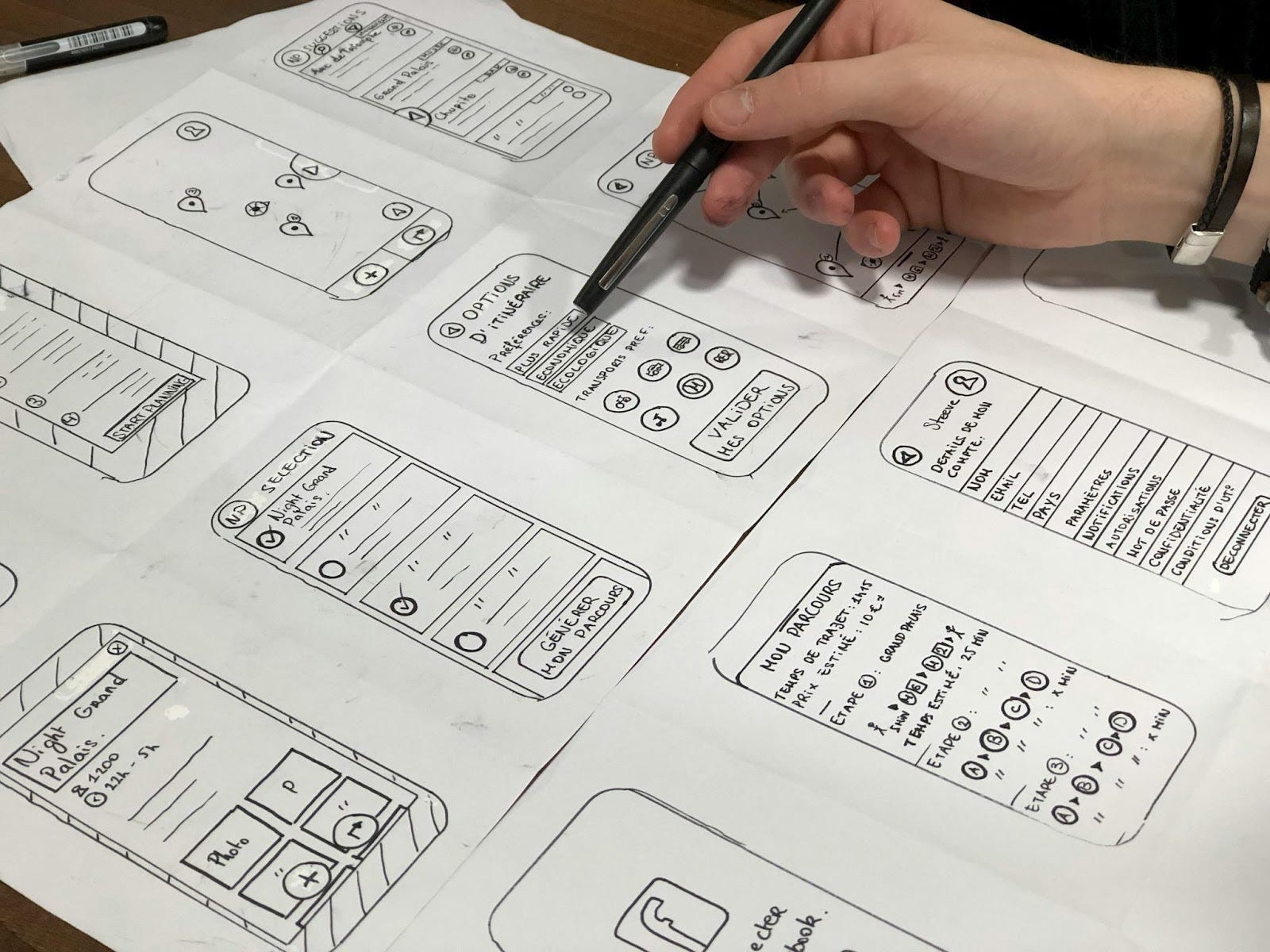Photo by Amélie Mourichon on Unsplash
In User Experience (UX) design, understanding and addressing users' problems is the cornerstone of creating meaningful and impactful digital solutions. A UX problem statement is a foundational tool in this process, guiding designers and teams through transforming user challenges into seamless, intuitive experiences.
This comprehensive guide delves into a UX problem statement, its significance, and a step-by-step approach to crafting one effectively, including examples to illuminate the path forward.
Consider the increasing reliance on digital privacy tools like VPNs as an example of how UX design intersects with user needs in a technology-driven world. VPNs that you can try with a VPN free trial allow users to securely and privately access the internet by encrypting their online activity and present unique UX challenges.
Designing an intuitive user experience for a VPN service requires a deep understanding of the user's need for both simplicity and security, showcasing the necessity of a well-crafted UX problem statement in guiding the design of complex digital tools.
Alongside VPNs, other tools such as secure messaging apps and privacy-focused web browsers underscore the importance of UX design in facilitating user interaction with technologies aimed at enhancing digital privacy and security. These examples highlight the role of UX problem statements in navigating the balance between user-friendliness and the technical sophistication of modern digital solutions.
What is a UX Problem Statement?
A UX problem statement is a concise, clear description that encapsulates a specific issue users face within a product, service, or system. It highlights the user's challenge, providing a focused directive for the design team to solve. At its core, a UX problem statement encompasses three critical components:
- The User: Who is experiencing the problem?
- The Problem: What obstacle or challenge is the user facing?
- The Impact: How does this problem affect the user's experience or objectives?
This simple yet profound statement acts as a "north star," guiding every design decision to solve real, user-centered problems, ensuring that solutions are relevant and valuable to the end-user.
The Importance of a UX Problem Statement
The significance of a UX problem statement cannot be overstated. It ensures that design efforts are user-centered, aligns the team on a common goal, and serves as a benchmark for evaluating potential solutions.
It prevents the common pitfall of jumping straight into design without a clear understanding of the user's needs, leading to solutions that may be aesthetically pleasing but fail to address the core issue at hand. Moreover, it fosters empathy within the team, encouraging a deeper connection to the users' experiences and challenges.
When to Write a Problem Statement
Ideally, a UX problem statement should be developed early in the design process, during the research or discovery phase. This timing allows the statement to be informed by direct insights from user research, ensuring that the identified problem is accurate and rooted in real user experiences.
Waiting too long to define the problem statement, such as after creating high-fidelity prototypes, can lead to wasted effort and resources on solutions that may not adequately address user needs.
How to Write a UX Problem Statement in Four Steps
Crafting an effective UX problem statement is a structured process requiring careful consideration and user research synthesis. Follow these four steps to create a meaningful problem statement:
Identify the User: Start by defining who is experiencing the problem. Be specific about the user group or persona to ensure the problem statement is focused and relevant.
Articulate the Problem: Clearly and concisely describe the issue the user is facing. Avoid technical jargon and focus on the user's experience and obstacles.
Assess the Impact: Evaluate how the problem affects users' ability to achieve their goals or tasks. Understanding the consequences of the problem helps underscore its significance and urgency.
Define the Goals: Outline what success looks like. What does solving this problem mean for the user? Establishing clear, measurable goals helps focus the design efforts and evaluate potential solutions.
Problem Statement Template
To facilitate the writing process, consider using the following template:
"[User persona] experiences [specific problem] when trying to [user's goal], leading to [impact on the user's experience]."
Examples of UX Problem Statements
Let's apply the steps and template to a real-world scenario:
Example 1: A busy professional (user persona) struggles to find time for grocery shopping (specific problem), which leads to stress and unhealthy eating habits (impact on the user's experience).
Problem Statement: "Busy professionals experience stress and unhealthy eating habits due to difficulty finding time for grocery shopping."
Example 2: Parents of young children (user persona) find it challenging to monitor and limit their children's screen time (specific problem), resulting in concerns over excessive exposure and its impact on sleep patterns (effect on the user's experience).
Problem Statement: "Parents of young children are concerned about excessive screen time and its impact on sleep due to the challenges of monitoring and limiting usage."
Crafting a Meaningful UX Problem Statement
Creating a UX problem statement is a critical step in the design process, ensuring that solutions are deeply rooted in addressing real user needs. By following the steps outlined and utilizing the template provided, designers can craft clear, focused problem statements that guide the design process. Remember, a well-defined problem is the first step towards an innovative, impactful solution.



